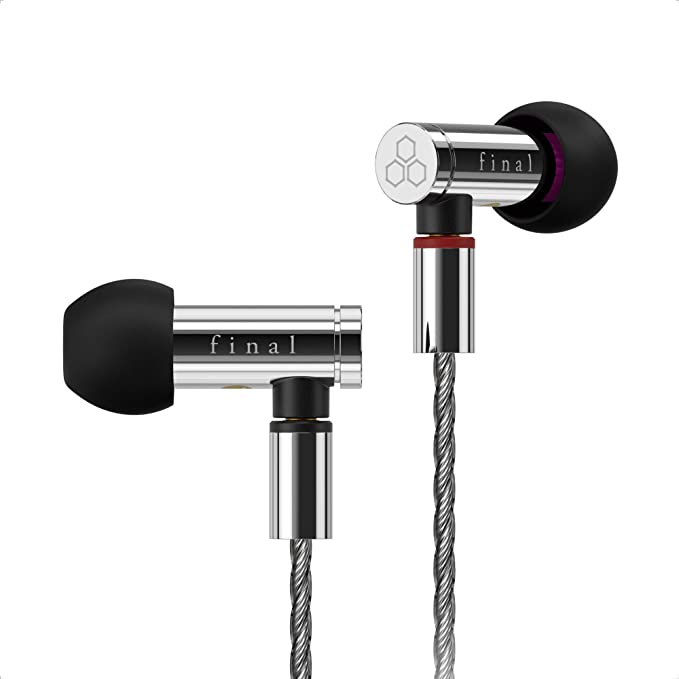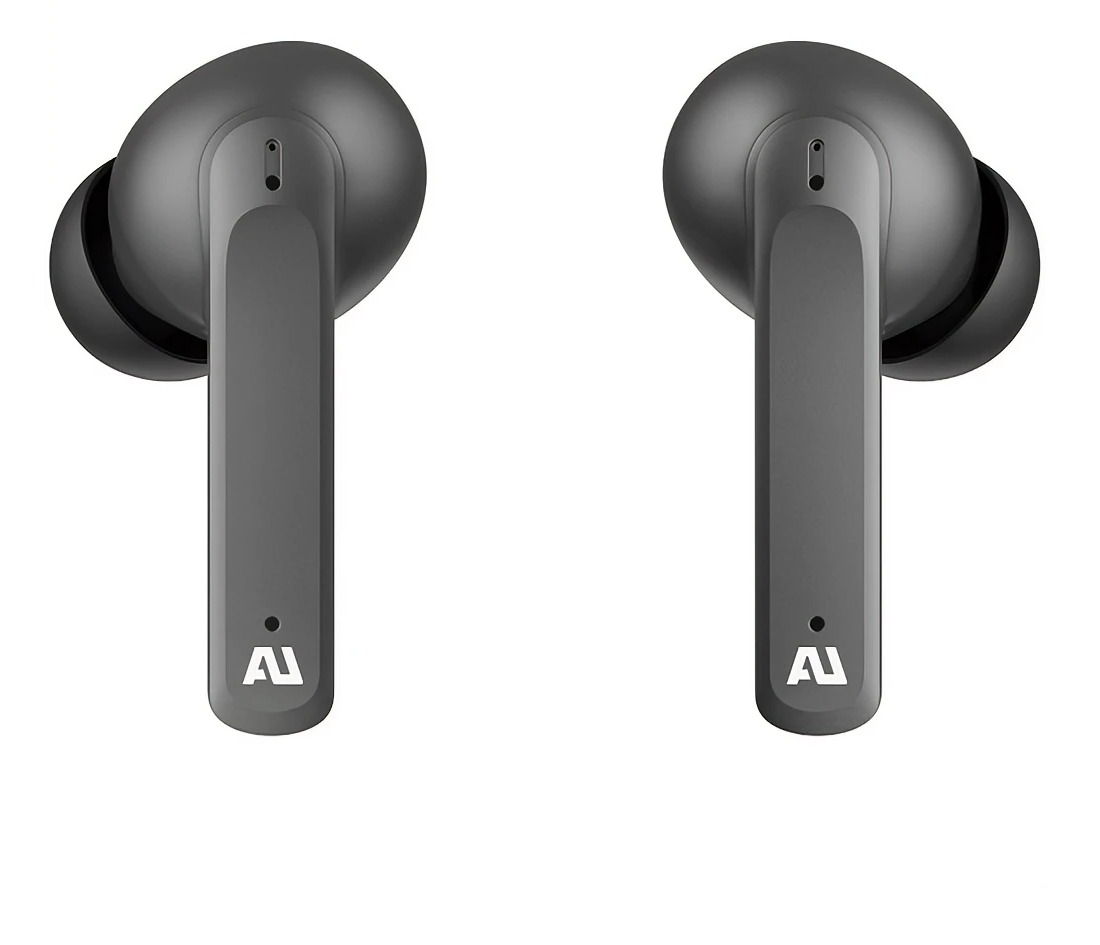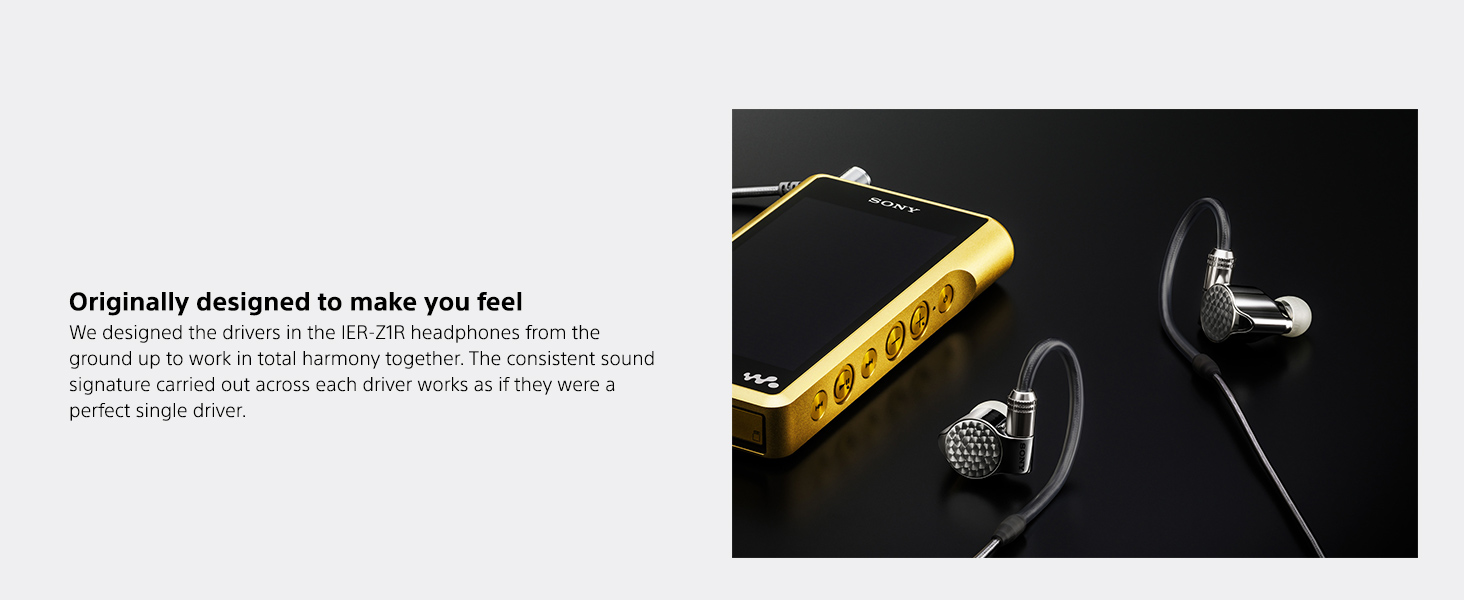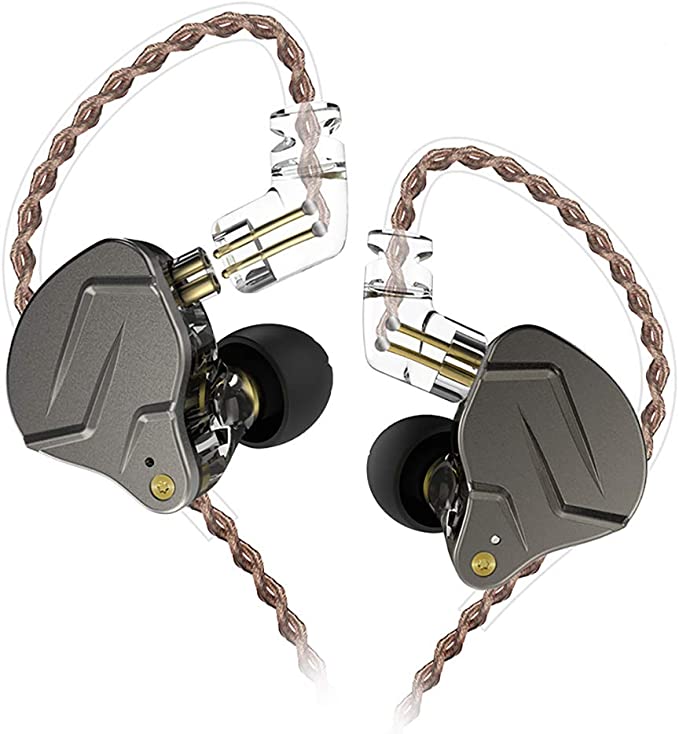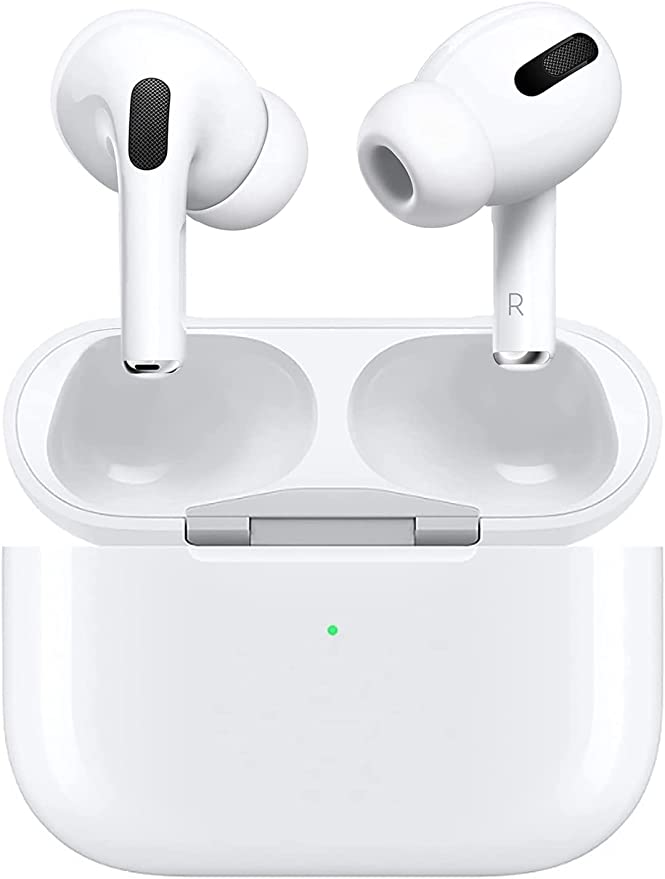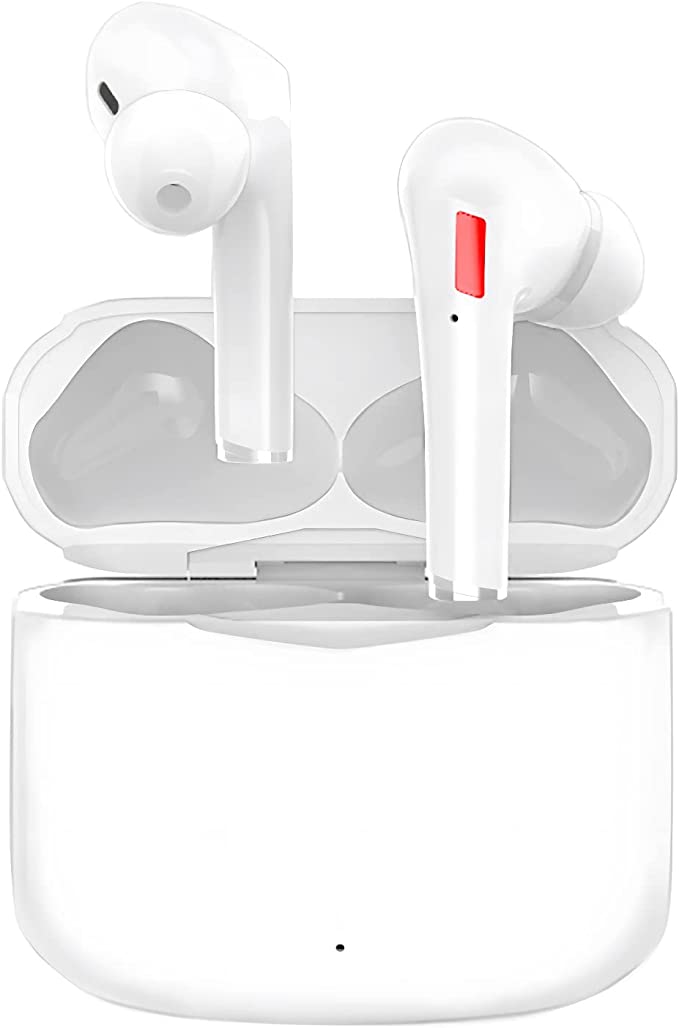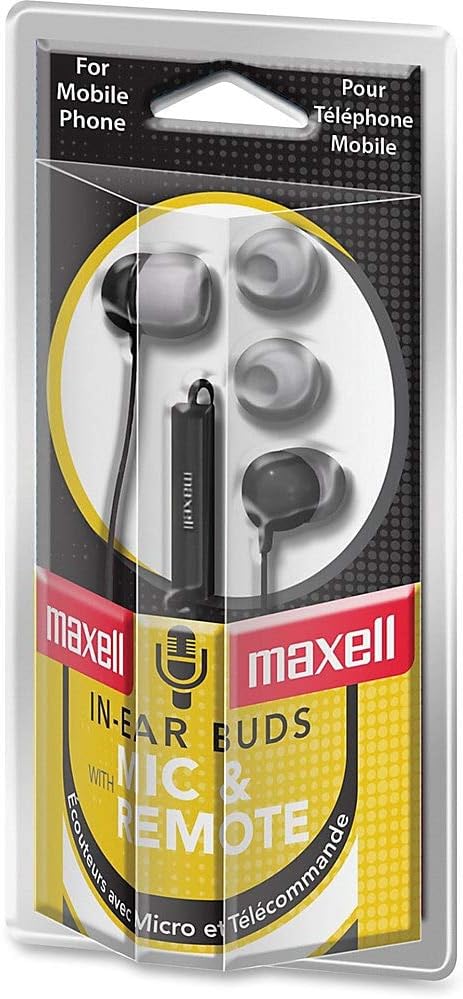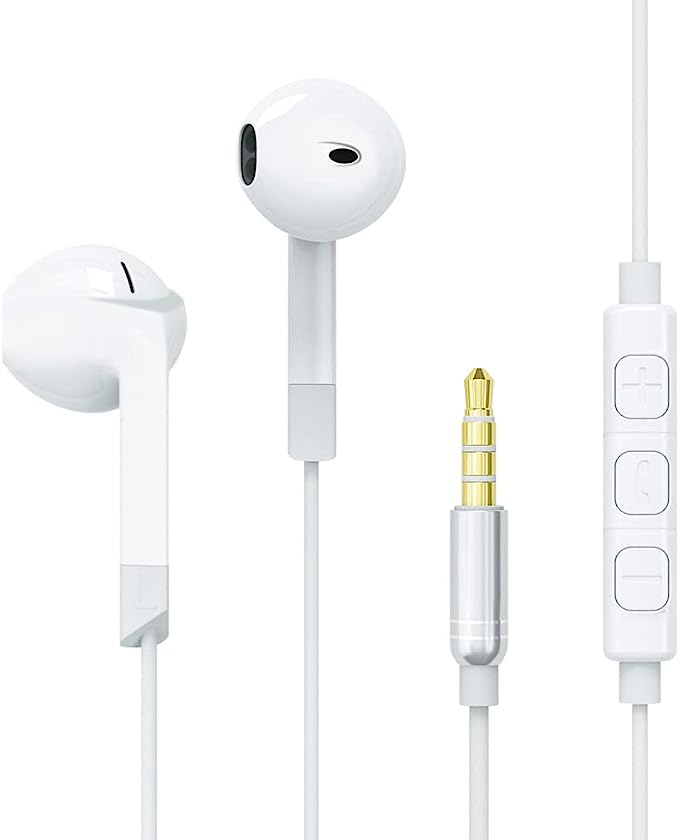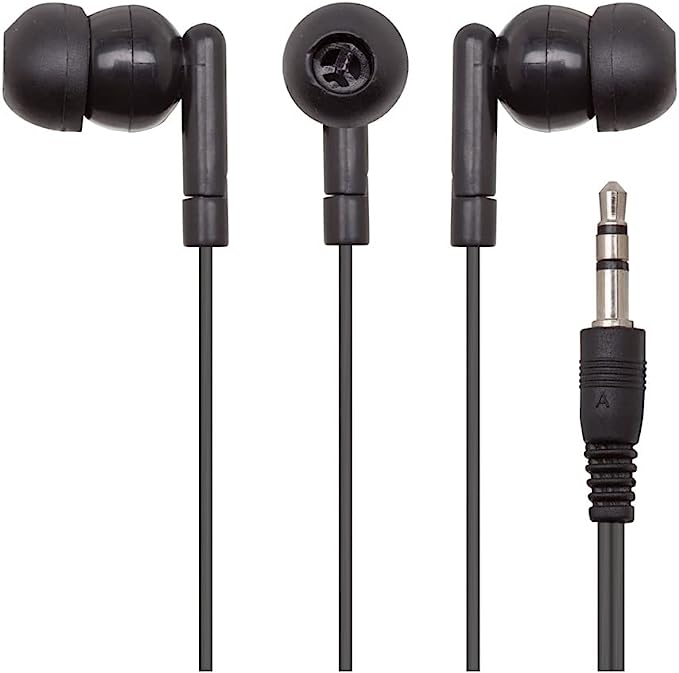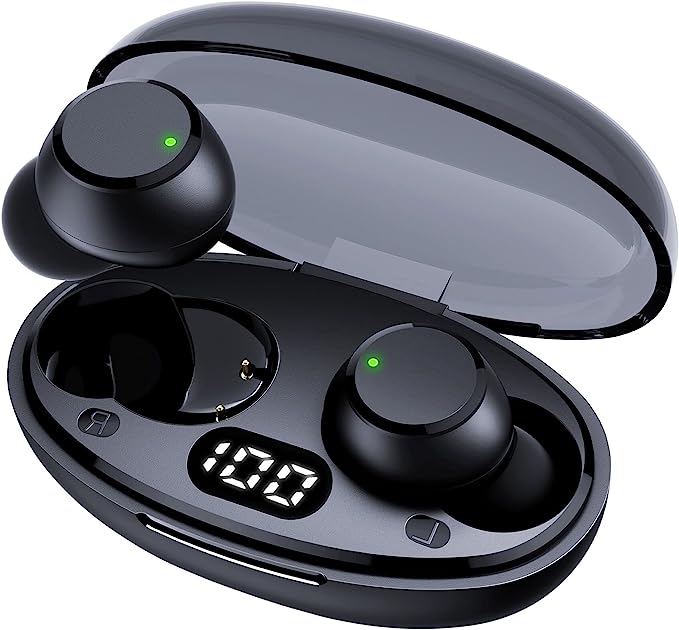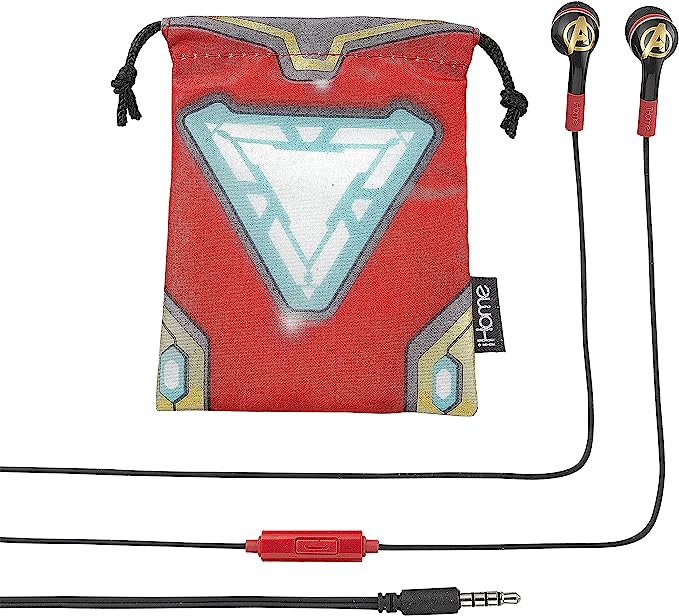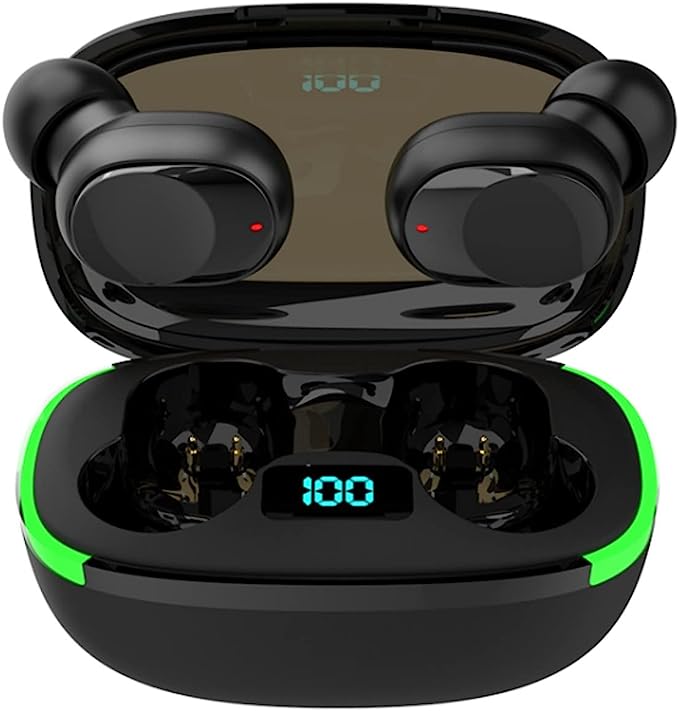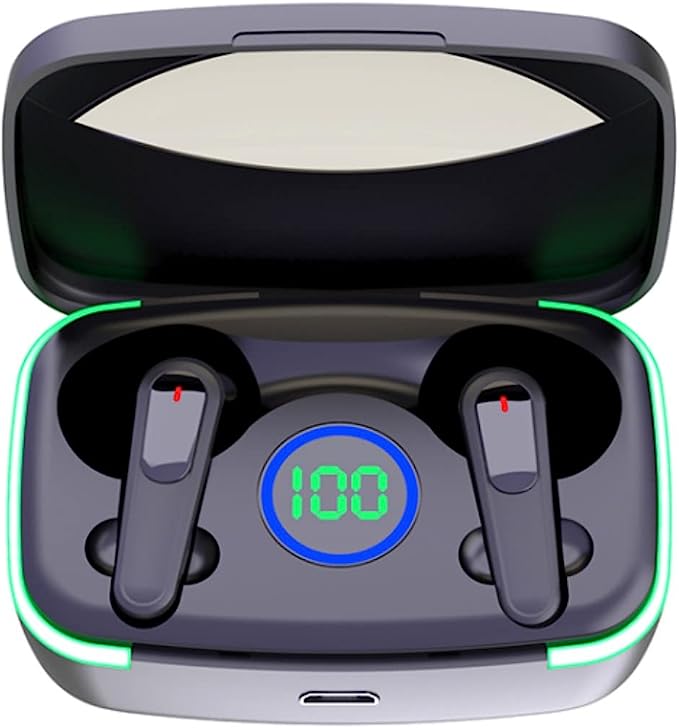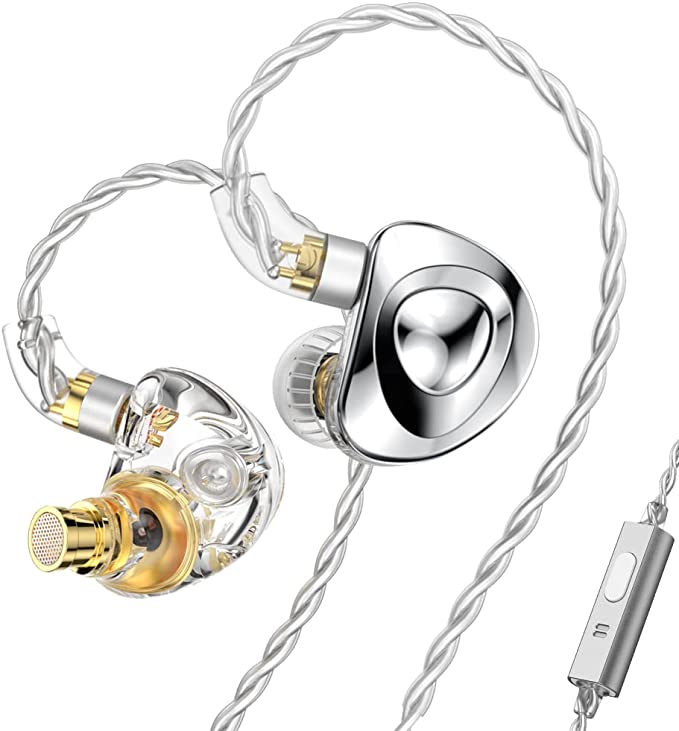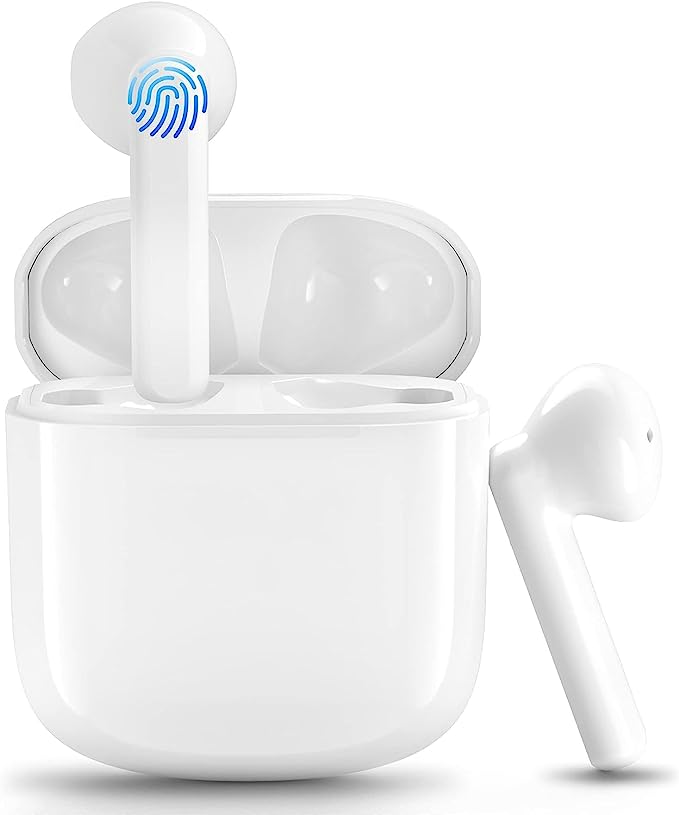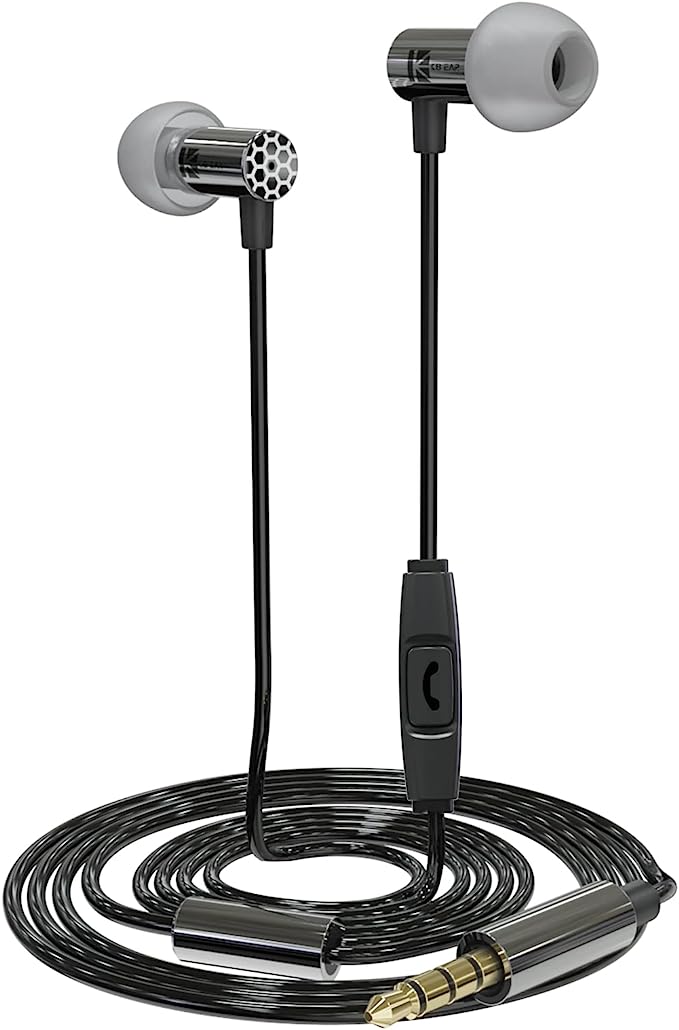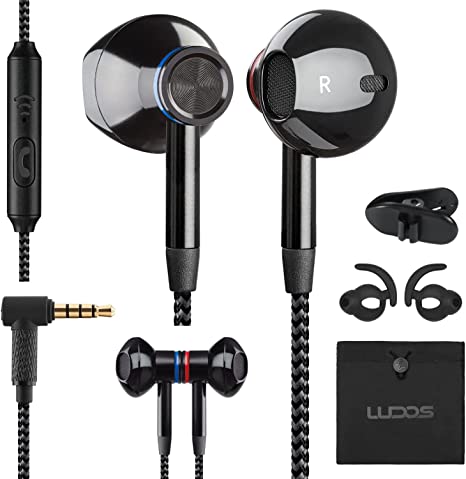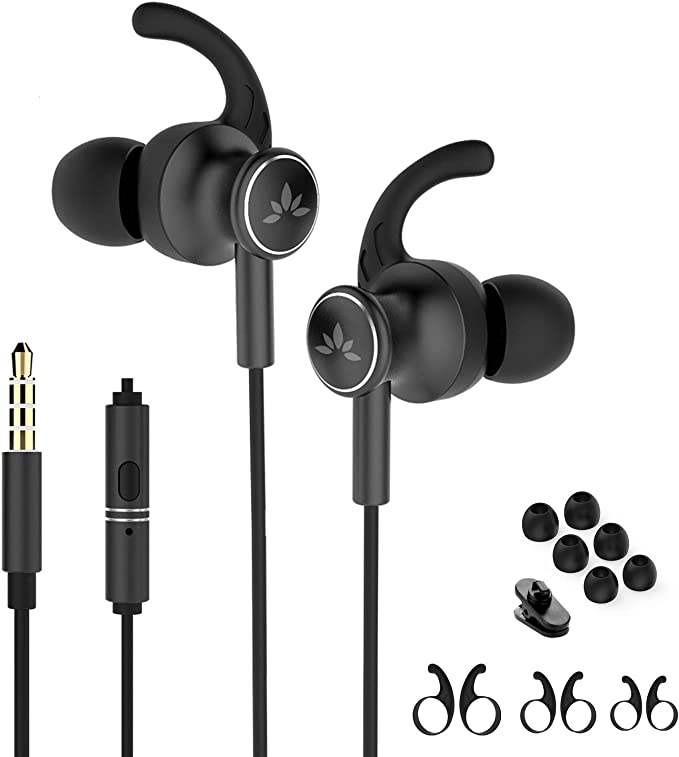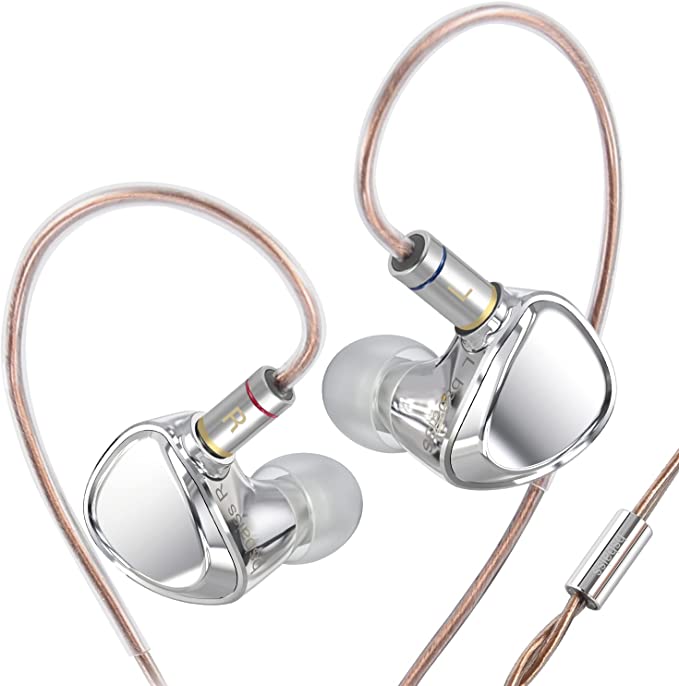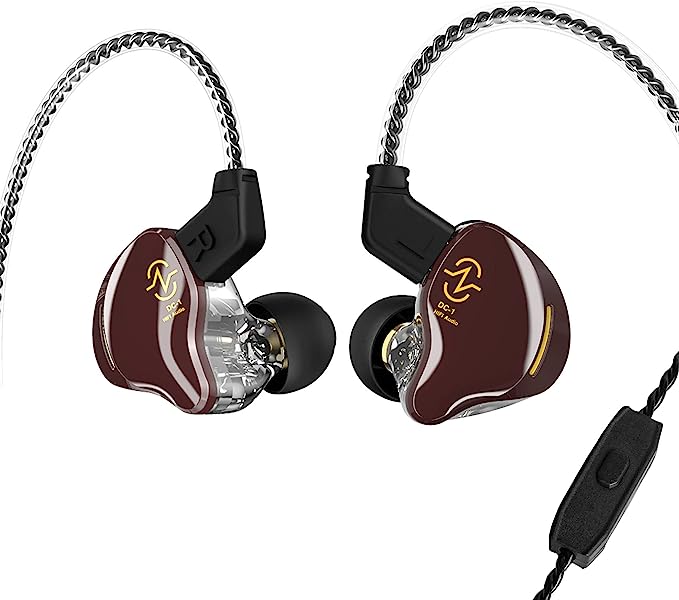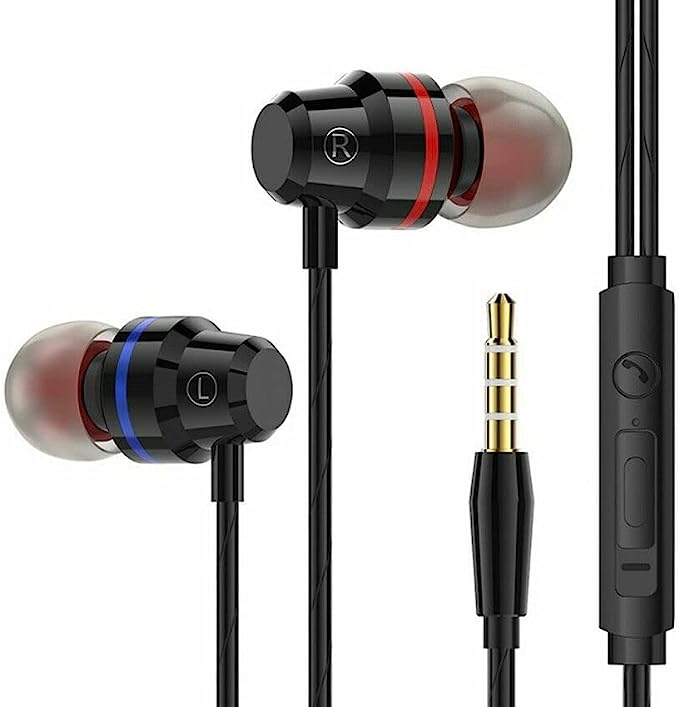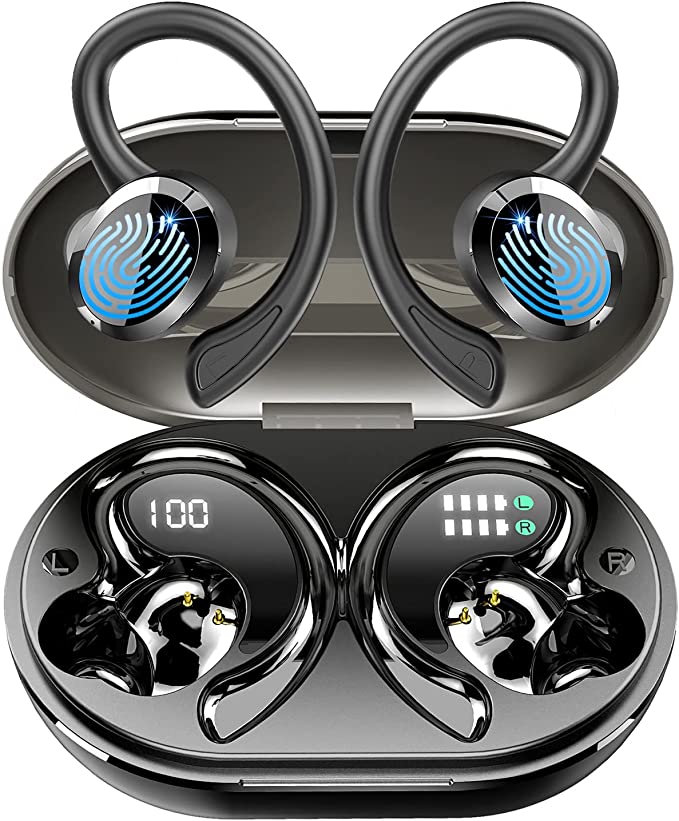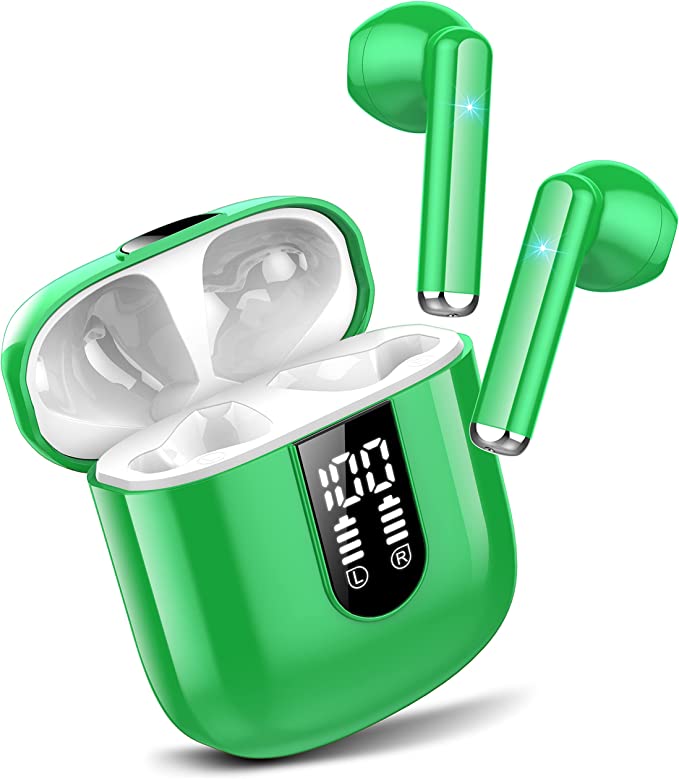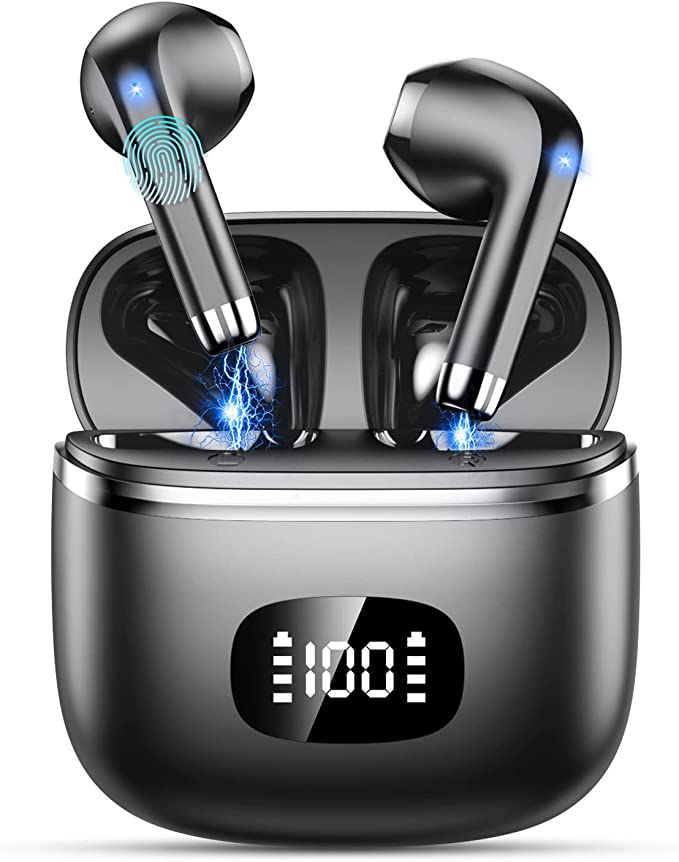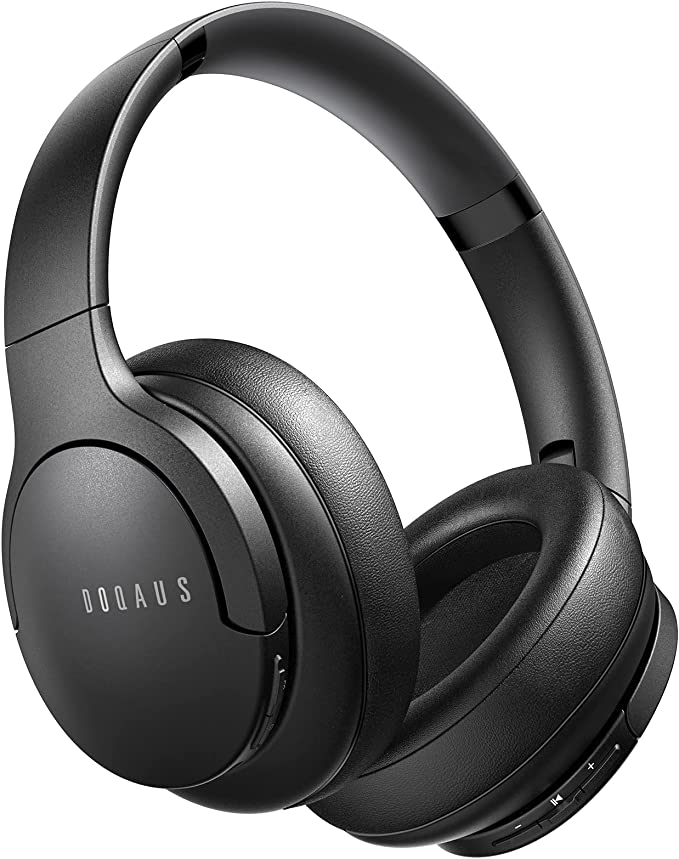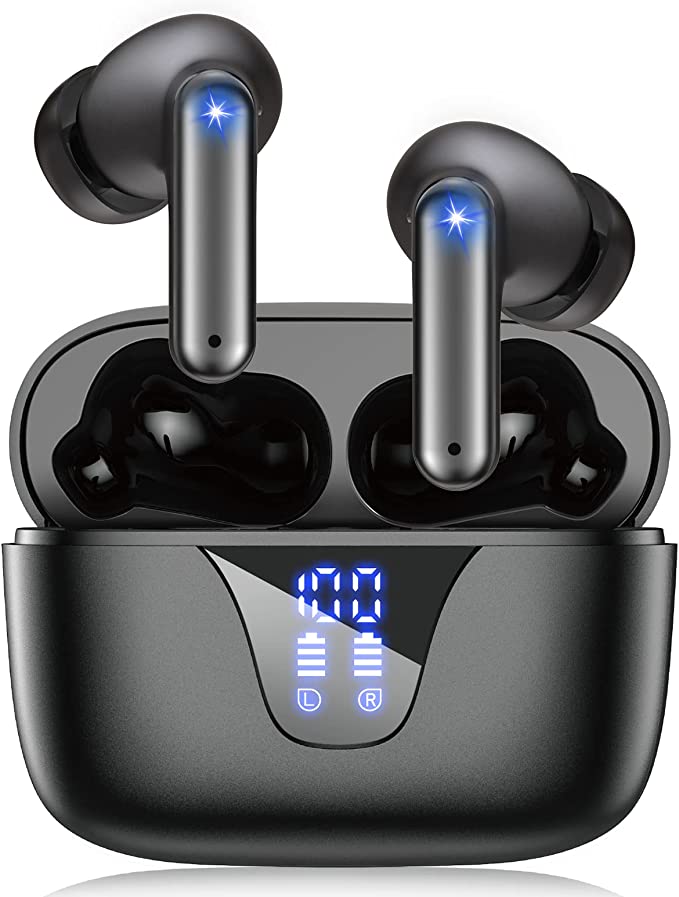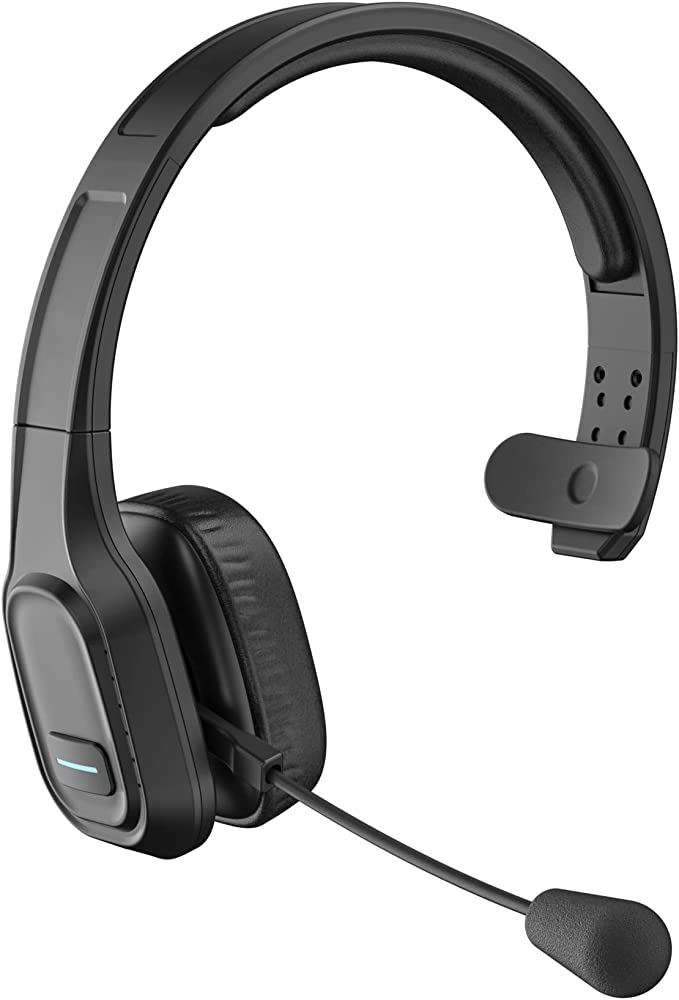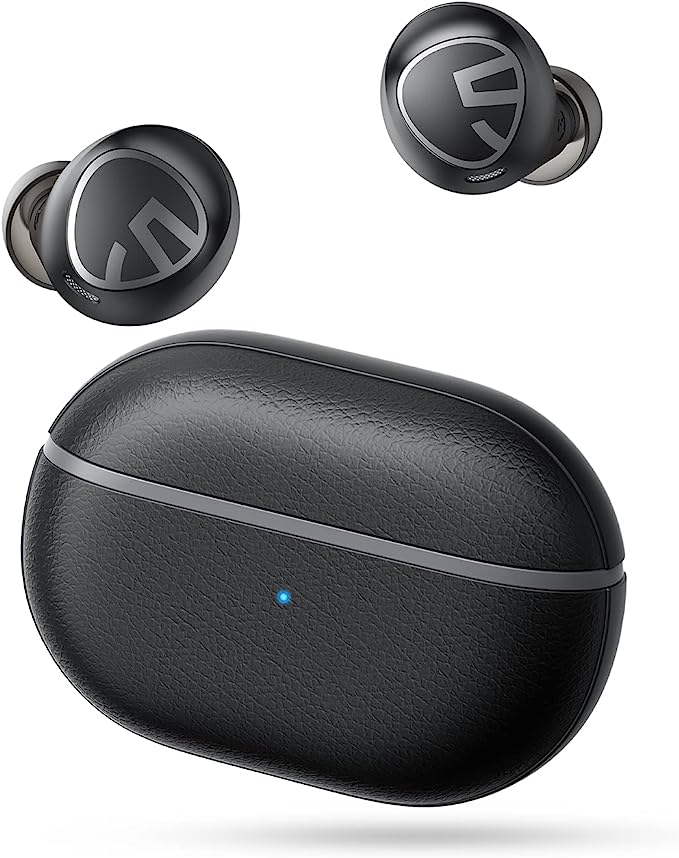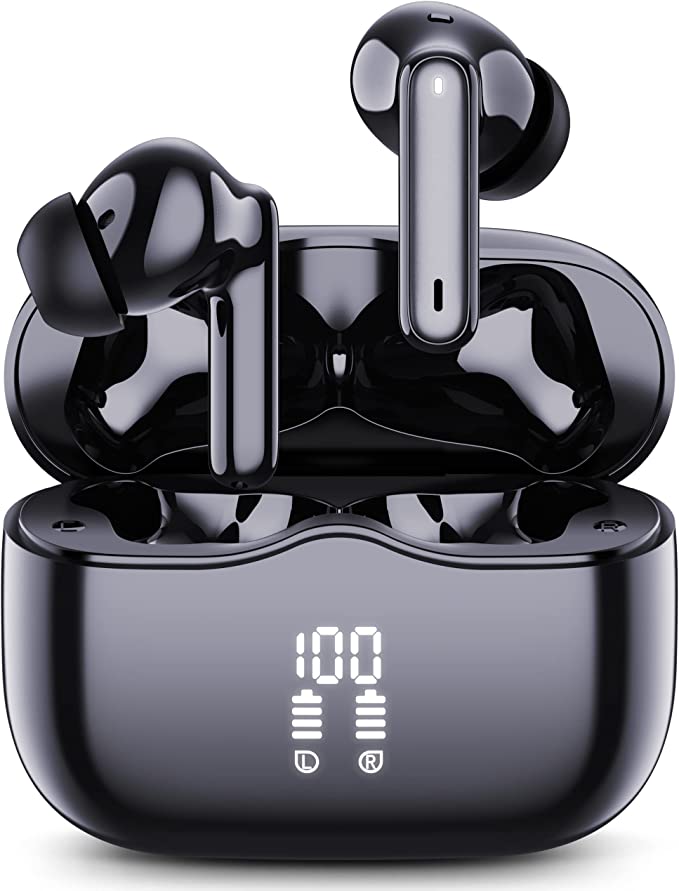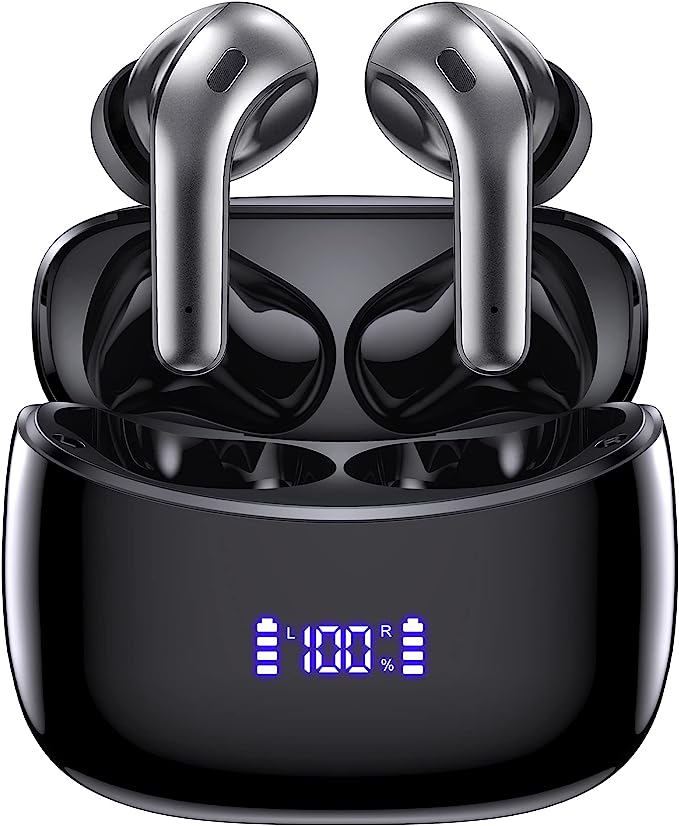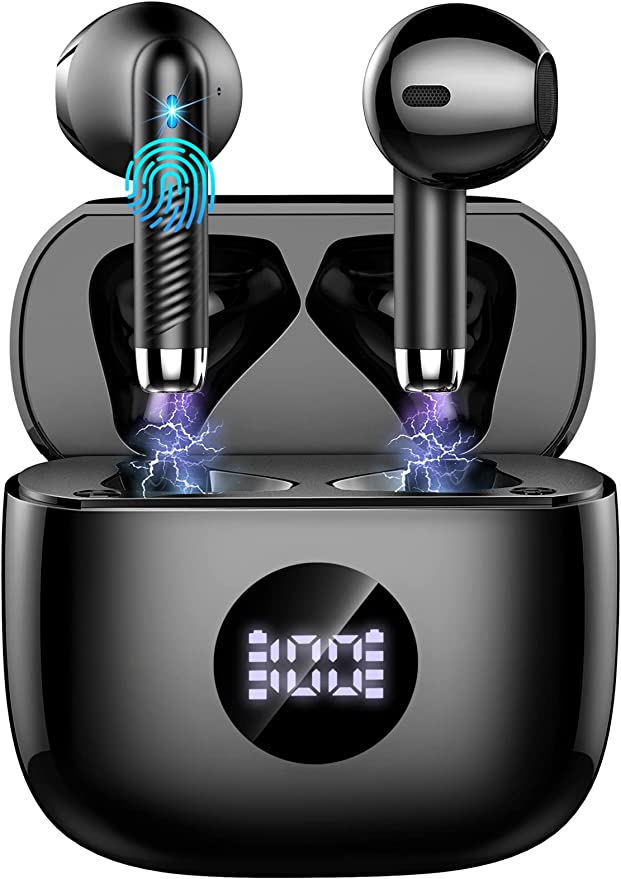Bose TriPort In-Ear Headphones: Unpacking the Acoustic Science and Comfort Engineering of a 2006 Classic
Update on June 26, 2025, 6:39 a.m.
Cast your mind back, if you will, to the mid-2000s. The digital music revolution was in full swing. Sleek MP3 players, epitomized by the Apple iPod, were becoming ubiquitous, liberating our music libraries from the confines of home stereos. With this newfound portability came a burgeoning desire: how could we experience rich, engaging sound, not just tinny jingles, while on the move? The challenge was significant – coaxing truly satisfying audio from diminutive earpieces. It was into this exciting arena that Bose, a name already well-regarded in acoustics, introduced its TriPort In-Ear Headphones in October 2006. But what alchemical blend of science and engineering did Bose attempt to distill into these unassuming buds to capture the listener’s ear?

The “TriPort” Enigma: Engineering Air for Audio Alchemy
At the core of the TriPort’s promise was the “Bose Triport Acoustic Headphone Structure.” This wasn’t just marketing jargon; it hinted at a deliberate, engineered approach to sound reproduction within a very constrained space. To understand its potential significance, we need to dip our toes into the fascinating world of acoustic porting. Imagine the carefully tuned ports on a high-quality bookshelf speaker, or even the resonant body of a violin – these openings aren’t arbitrary. They are designed to interact with the air moved by the sound-producing element (the driver) to shape the final audio output. In essence, acoustic porting in headphones is a miniaturized application of these same principles.
So, what might these “TriPorts” – likely three distinct vents or openings per earbud – be doing? The physics is quite elegant. As the tiny driver inside the earbud diaphragm vibrates to create sound waves, it pushes and pulls air. In a completely sealed tiny enclosure, this air pressure can build up, effectively damping the driver’s movement and restricting its ability to reproduce low frequencies accurately. This can lead to a thin, anemic bass, or, if a driver is pushed too hard to compensate, a distorted, muddy sound.
The TriPort design, by introducing these strategically placed openings, aimed to manage this internal air pressure. Think of it as giving the driver a bit more “breathing room.” This controlled airflow can:
1. Optimize Bass Response: By relieving excessive back pressure, the driver can move more freely, allowing for the reproduction of lower bass notes with greater extension and impact, without sounding boomy or uncontrolled. This aligns with why many users specifically praised the TriPort’s “full bass.”
2. Reduce Unwanted Resonances: The ports can also help to vent out or tune internal resonances – specific frequencies that might get overly amplified within the earbud housing, coloring the sound in undesirable ways, often muddying the midrange or making treble sound harsh.
3. Enhance Overall Clarity: By achieving a more controlled acoustic environment inside the earbud, the overall clarity and definition across the frequency spectrum can be improved, allowing for more distinct reproduction of instruments and vocals.
While Bose, like many companies, keeps the precise internal geometry of such proprietary designs under wraps, the “TriPort” name itself strongly suggests a sophisticated approach to manipulating air to achieve a specific sonic signature – a common thread in Bose’s broader audio engineering philosophy. It was an attempt to make a small object defy its physical limitations to produce a sound bigger and richer than one might expect.
An Embrace for Your Ears: The Science of Sustained Comfort
Great sound is one thing, but if headphones are uncomfortable, they quickly become an expensive paperweight. Bose clearly understood this, as evidenced by the TriPort’s design and a respectable user comfort rating of 4.3 out of 5. The challenge with any “in-ear” device is achieving a secure fit that provides good acoustic isolation and sound delivery, without causing pressure or irritation over extended periods.
A cornerstone of the TriPort’s comfort strategy lay in its silicone tips, thoughtfully provided in Small, Medium, and Large sizes. Silicone, as a material, is almost purpose-built for this application. Its key properties include: * Softness and Flexibility: High-quality silicone can readily conform to the complex and unique contours of an individual’s ear canal, creating a gentle yet effective seal. * Biocompatibility and Inertness: It’s generally hypoallergenic and resistant to degradation from skin oils and earwax, making it suitable for prolonged skin contact. * Acoustic Seal: A proper seal is paramount not just for comfort but also for sound quality, especially bass. If the seal is poor, bass frequencies, which rely on a certain amount of air pressure to be perceived correctly, will leak out, resulting in a thin sound.
The provision of multiple sizes was a crucial acknowledgment of human anatomical diversity. Ear canals vary significantly in diameter and shape. A “one-size-fits-all” approach, common with more basic earbuds of the era, often led to a “one-size-fits-none-well” reality. By offering S/M/L options, Bose empowered users to find a more personalized fit, akin to a rudimentary form of custom molding. This not only enhanced comfort but also ensured the TriPort acoustic structure could perform optimally.
Further contributing to wearability was the lightweight design. Tipping the scales at a mere 18.1 grams (0.638 ounces), the TriPorts were engineered to minimize any sensation of dragging or heaviness on the ears. From a purely physical standpoint, less mass translates to less strain on the delicate structures of the outer ear, particularly during active use or over hours of listening. This seemingly simple consideration – keeping things light – is a fundamental principle of ergonomic design that directly impacts user satisfaction.
Echoes from an Era: Performance, Perceptions, and Practicalities in the Mid-2000s
To truly appreciate the Bose TriPort, we must consider the audio landscape of 2006. Wired connections were the undisputed standard for personal audio. The convenience of Bluetooth was still a nascent technology, often plagued by spotty connections and compromised audio quality. Music itself was largely consumed as compressed MP3 files, a format that, while convenient, didn’t always offer the full fidelity of a CD. It was in this context that headphones like the TriPort aimed to elevate the everyday listening experience.
User feedback from the time, as reflected in the provided data, paints a nuanced picture: * Sound Quality (3.8/5): Many users clearly enjoyed what they heard. The oft-mentioned “Bose sound” – typically characterized by an ample, warm bass presence and clear, forward vocals – seemed to be well-represented. This signature, while not always strictly neutral or “audiophile-flat,” has a broad appeal for casual listening across various genres. * Noise Cancellation (2.5/5): It’s vital to clarify that this rating does not refer to Active Noise Cancellation (ANC), a technology Bose itself would later popularize. The TriPort offered passive noise isolation, a natural byproduct of the in-ear design creating a physical seal against the ear canal. This blocks some ambient sound, but it doesn’t electronically counteract it. For some users, this level of isolation was sufficient, allowing for immersive listening while still retaining a degree of awareness of their surroundings – a preference for many, especially when commuting or walking. * The Achilles’ Heel – The Cable: This was a recurring theme in user complaints. Descriptions of the cable being prone to tangling, having a “sticky” surface texture that caught on clothing, and, more critically, developing connection issues (often near the jack or earbud entry points) were common. This wasn’t unique to the TriPort; cable durability was a widespread challenge for wired earbuds of that era. The demands of daily coiling, pocketing, and accidental tugs often took their toll on the delicate internal wiring and a_nd the materials used for the cable sheathing. It highlighted an ongoing tension in design: creating a cable that was flexible and lightweight yet robust enough for real-world use.
The pricing narrative also adds an interesting dimension. An original MSRP (Manufacturer’s Suggested Retail Price) of $99.00 positioned them as a premium, but not exorbitant, offering. The much later Amazon listing price of $249.99 for “Only 2 left in stock” speaks to the dynamics of aging inventory, third-party seller markups, or perhaps a niche demand for a discontinued product.
The TriPort’s Legacy: Whispers of Innovation in a Wired World
So, what enduring legacy, if any, did the Bose TriPort In-Ear Headphones leave behind? They stand as a significant early effort by a globally recognized audio manufacturer to bring a more refined listening experience and considered ergonomic design to the rapidly expanding in-ear headphone market. The “TriPort Acoustic Headphone Structure,” while its exact internal workings remain proprietary, represented a commitment to overcoming the inherent acoustic challenges of small enclosures, particularly in achieving satisfying bass.
The emphasis on providing multiple tip sizes, though seemingly simple now, was a step towards acknowledging individual user needs at a time when many competitors offered a more generic fit. This focus on the user experience, a hallmark of Bose, was evident.
Even the much-maligned cable issues offer a lesson. They underscore the holistic nature of product design: brilliant acoustic engineering can be let down by shortcomings in more mundane, yet equally critical, components. The pursuit of better materials and more robust construction for cables has been an ongoing journey in the headphone industry.
One might wonder how the design philosophies explored in the TriPort – the meticulous management of airflow for sound, the dedication to a comfortable and secure fit – subtly paved the way for or influenced subsequent headphone designs, both from Bose and the wider industry, even as the world largely transitioned to wireless. The fundamental principles of good acoustics and user-centric ergonomics remain timeless, irrespective of how the audio signal arrives at the earpiece.
Coda: The Enduring Quest for Personal Sound
The Bose TriPort In-Ear Headphones, viewed from the vantage point of today’s hyper-advanced audio landscape, might seem like a relic from a bygone era. Yet, they encapsulate a crucial moment in the evolution of personal audio. They remind us that the quest for better sound and greater comfort is an incremental process, built upon countless small innovations and a persistent desire to push the boundaries of what’s possible within given constraints. The TriPort headphones, with their innovative (for their time) acoustic porting and an early focus on a personalized fit, played their part in that ongoing symphony of progress, leaving behind an echo of how engineers in 2006 strived to deliver a more engaging sound, one pocketable song at a time.
